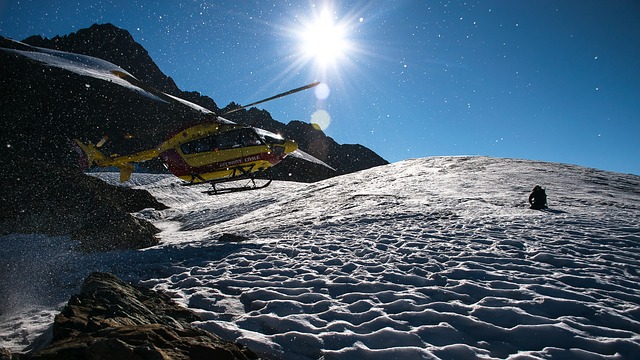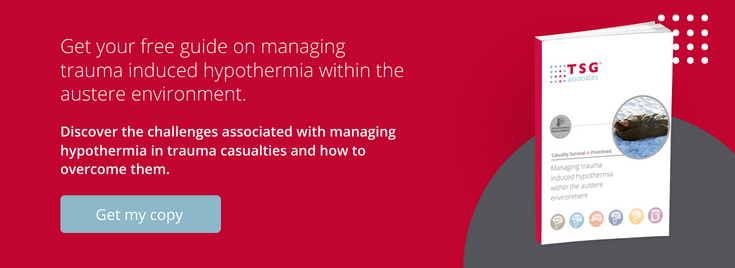
20/12/2022
The 4 forms of heat loss and how to combat them
Hypothermia is a condition that occurs when the body loses heat more quickly than it can produce it and prevents the body’s vital organs and nervous system from working normally. Without prompt and effective treatment, hypothermia can lead to death.
How the human body loses heat
Understanding the ways in which the body loses heat can help you to address how you respond to this condition.
Under normal circumstances humans lose heat through five mechanisms.
- Radiation
- Conduction
- Convection
- Evaporation
- Respiration
Managing hypothermia to improve survival chances
Radiation
Radiation is heat loss resulting from a temperature gradient. This form of heat dissipation may account for 55 - 65% of the total body heat loss at basal metabolic rate. This is important in the healthy individual with environmental exposure. It should be noted that in trauma induced hypothermia heat loss from radiation is minimal. Think about what if feels like when you touch cold clammy skin in a casualty who is compensating. There is minimal radiation heat loss in this case.
Conduction
Likely in many situations to be the most significant route of heat loss, Conduction is heat loss to the surface when the casualty is resting on the ground. They should be placed on an insulating surface as quickly as possible to reduce their exposure to direct conductive heat loss.
Convection
Often associated with the ‘wind chill factor’. The casualty should be sheltered and protected as much as possible from warm air escaping to whatever insulating system that they are placed in. Opening the system to observe or treat the casualty should be minimised as warm air escaping or cold air entering the system will damage the micro climate that we are trying to establish. Convective heat loss will also be transmitted from the surface of any hypothermia prevention system. A layering insulation system should be used to reduce conduction to the surface of the system where heat can be lost through convection.
Evaporation
Moisture on the skin turned into water vapour is a significant problem for the trauma casualty who is frequently covered in body fluids. The casualty should be dried and placed in a hypothermia mitigation system. Ideally, they should also be placed on a fluid retention pad to try to lock additional fluids away from them to prevent cooling. If using a fluid retaining pad, it must be checked at appropriate intervals to ensure it does not require replacing due to saturation or contamination.
Respiration
As cold air is inhaled, warmed and exhaled many times a minute this can be a significant source of heat loss and, although methods are available to pre-warm the air before it enters the airway, they are typically complicated, bulky and difficult to use when transporting a casualty. However, simple steps such as providing light covering of the nose and mouth may help retain warmth and moisture.
To address hypothermia correctly all forms of heat loss should be understood and mitigating solutions put in place. Where trauma induced hypothermia is present active and well as passive heating should be considered. Our Xtract™ SR Heatsaver has been designed by experts to provide casualties with thermal insulation and protection considering all forms of heat loss.
- Sculpted thermal panels insulate the casualty’s core.
- A protective waterproof skin shelters the casualty from wind and rain.
- An inflatable mattress protects the casualty from contact with the cold and wet ground.
- Compatibility with heating solutions enable additional warmth to be provided.
Contact TSG Associates to find out more
To learn more about the Xtract™ SR Heatsaver, please call our specialist team today on 01422 380097.

Image Source: Pixabay











